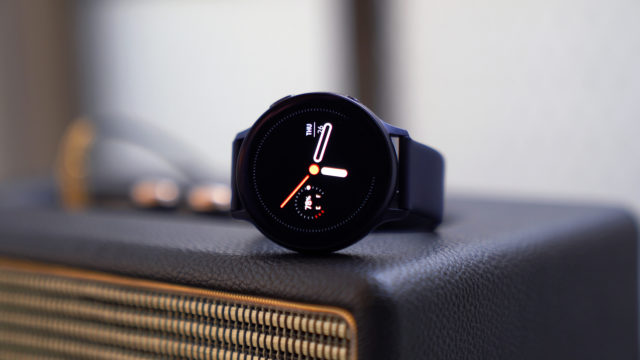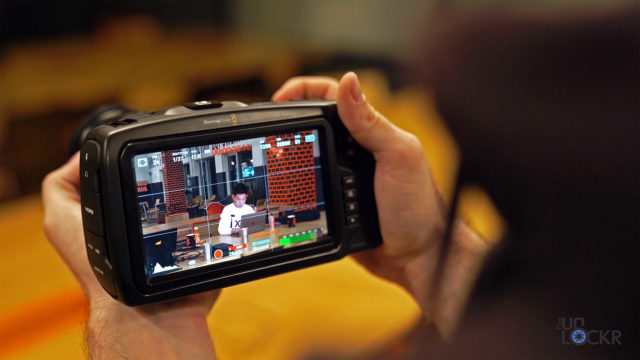Samsung TouchWiz UX 3.0 Complete Walkthrough (Video)
Samsung’s new Galaxy S5 is getting plenty of attention (and sales apparently), but alongside the new device is a new version of Samsung’s custom user interface they put on top of Android called TouchWiz UX. If you are getting a new Samsung Galaxy S5 and coming from any other Android device, then it could be helpful to get familiar with the changes over stock Android that are present in version 3 of TouchWiz UX.
Firstly, I, for one, am happy to say that Samsung has scaled back TouchWiz a little and it is a bit less intrusive than their last version (although still not quite as toned-down as HTC’s Sense UI). They still did replace most of the stock apps and added a decent amount of their own apps, so without further ado, let’s go through them and other changes in this walkthrough of the Samsung TouchWiz UX 3.0.
Samsung TouchWiz UX 3.0 Features
Lockscreen
- Lockscreen Camera – Swipe up on the camera icon to launch the camera (this can be enabled or disabled from settings as well).
- Fingerprint Unlocking – One of the big/controversial features of the Samsung Galaxy S5 is the fingerprint scanner. You can use it here on the lockscreen to unlock the device.
Launcher / Homescreen
- Dock – The dock has been altered from the original dock in that the app launcher icon is stuck to the right-side of the dock and cannot be moved. You can also add four icons to the left of this and that’s it. No folders are allowed in the dock either.
- Pinching – Pinching the homescreen gets you to a screen to manage all of your homescreens (unlike tapping and holding on KitKat).
- My Magazine – Just like BlinkFeed with the HTC One M8, and Google Now with the Nexus devices, Samsung has added their own panel to the left of your homescreen that can be configured with your social networks or other RSS feeds to have a scrollable collage of news and updates. Flipboard is the system controlling My Magazine and for some reason Facebook is not included in the social network options?
Status Bar
- Editable Quick Settings – Stock Android has similar quick settings, but Samsung allows you to edit which are visible by tapping the pencil icon at the top.
- Brightness Slider – A slider is built in to the notification bar that can be used to adjust the brightness of the screen on the fly. This can also be disabled in settings to hide it.
- Recommended Apps – A clever thing for Samsung to add to the notification bar, is the a recommended apps row that appears whenever you plug in a set of headphones. This can be edited as well to include any new apps that you download (I have it setup to show me Spotify since I use that the most, for example).
Widgets
- Active Applications – A small widget that shows how many applications are active at any given time. Clicking on it will allow you to open your application manager and stop them from all from running or kill individual apps as well.
- Calendar – Samsung has added their own versions of the calendar widget with agenda and month views to correspond with their replacement calendar app.
- Clocks – There is a digital clock and a dual clock (for showing two timezones at once).
- Contacts – There are contact widgets for direct dialing someone, direct messaging them, or for just opening to the contact’s page.
- Geo News – A widget that uses your location to give you important weather advisories, geological info, and environmental conditions.
- Kids Mode – This isn’t a widget but it’s listed in widgets for some reason. It’s an app shortcut to get to kids mode that allows you to designate apps your child can use and lock them out of the rest of the device. Again, not sure why it’s listed in widgets…
- Magnifier – Again, not a widget, this is an app that allows you to use the camera to zoom in on things (i.e. reading a menu).
- Memo – App that allows you to display one memo that you’ve created in the Samsung’s memo app.
- Messaging – Basic widget that displays all of your text messages and allows you to tap a message to open it in the Samsung messaging app (if you use Hangouts instead or another replacement texting app, then it won’t open it).
- Music – A music control widget to control the Samsung music app (as with the messaging app, only works with Samsung’s built in music player so don’t try to control your Spotify music with it).
- Picture Frame – Simple widget that displays a photo or a collage of photos. You can manually select the images, pick an album, and also change the duration between photos.
- S Bookmarks – This widget displays your bookmarks from the internet app (won’t display bookmarks from Chrome or any other browser you use).
- Samsung Galaxy Apps – Two widgets that show a slideshow of the featured apps Samsung recommends/designed specifically for their Galaxy line of devices.
- Coach – Widget that displays ways you can change your lifestyle to be healthier/make you feel bad about yourself.
- S Health – This widget displays how many steps you’ve taken in a given day (assuming you’ve setup your S Health app on the device). Tapping the left half of the widget opens the Pedometer section of the S Health app while tapping on the heart symbol on the right opens the heart rate monitor to record your heartbeat.
- Torch – A widget to turn on and off the LED flash on the back of the device so you can use it as a flashlight.
- Video – Widget to display a particular video on the screen.
- Weather – Widget to display the current weather conditions at your current location and the time/date as well.
Replaced Stock Android Apps
Instead of listing all of them and what they do (since they essentially do the same as their stock counterparts), suffice it to say that Samsung has replaced all of the stock Android apps to match Samsung’s look and feel through out the device. Here is a list of all the apps they replaced:
- Calculator
- Calendar
- Camera
- Clock
- Contacts
- Gallery
- Messaging
- Phone
- Settings
- Video
Additional Samsung Apps
- Internet – Since Google removed the standard Android browser and replaced it with Chrome, I’d say the internet app is an additional app instead of a replacement to the stock one. Regardless, Samsung has created their own internet browser that is very simple and matches their other apps in terms of design.
- ChatOn – Samsung’s attempt at a WhatsApp essentially. Chat app with autotranslations, huge group chat abilities (up to 1001 people), and location/ETA sharing. To chat other people also need the app.
- Memo – Quick note taking app. Very similar to Keep by Google actually.
- My Files – A simple file browser to view all the files on your Galaxy S5.
- S Health – All-around app for monitoring steps from the pedometer feature, heart rate from the heart rate monitor on the back, and keeping track of calories, weight, etc.
- S Voice – Samsung’s version of Siri. A voice command system (“call Bob”, “text Susan”, etc.) that provides “human-like” feedback to improve your experience.
- Samsung Apps – Samsung’s own app store for a lot of their apps that they make specially for their devices.
- Voice Recorder – Simple app for recording your voice.
Anyone a big fan of TouchWiz UX?



